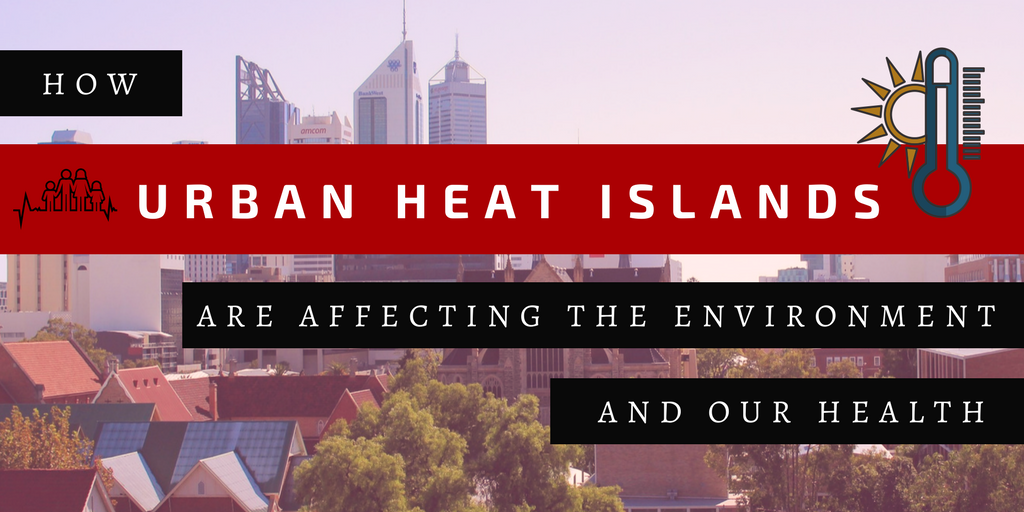What is Urban Heat Island
An urban heat island, or UHI, is a metropolitan area that’s significantly warmer than the rural areas surrounding it (National Geographic , 2018). Heat is created by energy from all the people, cars, buses, and trains in big cities. Urban heat islands are created in these areas that have lots of activity and lots of people.
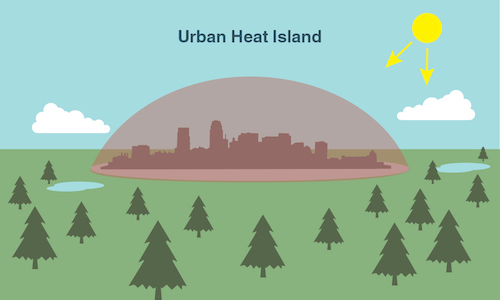
There are many reasons for UHIs. When houses, shops, and industrial buildings are constructed close together, it can create a UHI. Building materials are usually very good at insulating or holding in heat. This insulation makes the areas around buildings warmer.
Many buildings found in urban areas have dark surfaces. Dark surfaces absorb more light energy and heat making the entire building warmer. Buildings with brick walls or roofs, if coated with dark coatings, also get heated up very quickly. In both cases, this heat is transferred both inside the structure and radiated into the surrounding air.
Buildings with dark surfaces heat up more rapidly and require more cooling from air conditioning, which requires more energy, which can in turn increase pollution and other waste. Air conditioners also exchange heat with atmosphere, causing even more heat. As a result, there is a cascade effect that contributes to the expansion of urban heat islands.
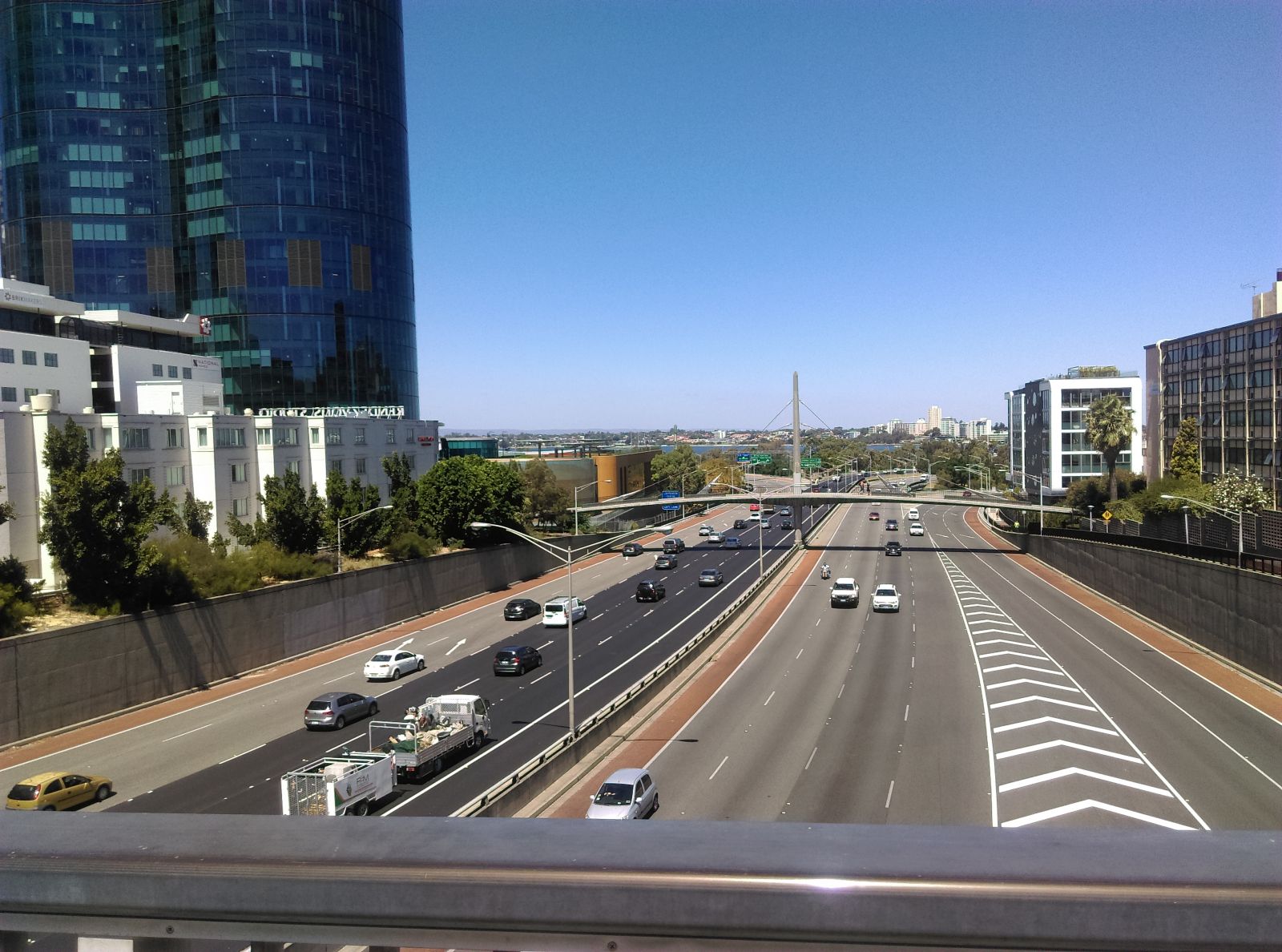
Asphalt and concrete, needed for the expansion of cities, absorb huge amounts of heat, increasing the mean surface temperatures of urban areas. Tall buildings, and often, accompanying narrow streets, hinder the circulation of air, reduce the wind speed, and thus reduce any natural cooling effects. (BH Engineering, 2018).
“Waste heat” also contributes to a UHI. People and their tools, such as cars and factories, are always burning off energy, whether they’re jogging, driving, or just living their day-to-day lives. The energy people burn off usually escapes in the form of heat. And if there are a lot of people in one area, that’s a lot of heat generated by people (National Geographic , 2018).
Impacts of the urban heat island on human health
Higher air pollution, reduced night-time cooling, and increased temperatures are outcomes of urban heat island which can adversely affect human health. Human health is negatively impacted because of increased general discomfort, exhaustion, heat-related mortality, respiratory problems, headaches, heat stroke and heat cramps.
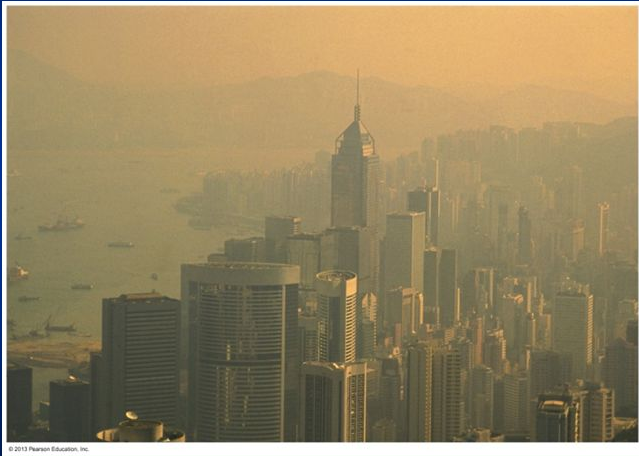
A direct relationship has been found between UHI intensity peaks and heat-related illness and fatalities, due to the incidence of thermal discomfort on the human cardiovascular and respiratory systems. During extreme weather events such as heat waves, the urban heat island has the potential to prevent the city from cooling down, maintaining night-time temperatures at a level that affects human health and comfort. Heatstroke, heat exhaustion, heat syncope, and heat cramps, are some of the main stress events, while a wide number of diseases may become worse, particularly in the elderly and children. (The Green City, 2018).
Because urban heat islands can also worsen the impacts of heat waves, abnormal weather periods can arise which can seriously affect the health of sensitive and vulnerable populations such as older adults, children, and those with weather-responsive health conditions.
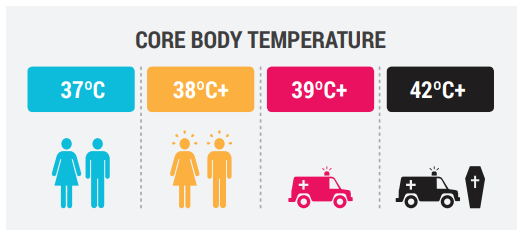
Exacerbated heat events or sudden temperature increases can also result in higher mortality rates. In Australia, heatwaves are the most lethal of all natural disasters. The 2013 government report State of Australian Cities found that heatwaves were responsible for 2,887 deaths since 1890, which is more than bushfires, cyclones, earthquakes, floods and severe storms combined (Australian Academy of Science, 2018).
UHIs increases demand for electrical energy in summer. Power companies typically rely on fossil fuel power generation to meet most of this demand, which in turn leads to an increase in air pollutant and greenhouse gas emissions. The primary pollutants from fossil fuel power generation include sulfur dioxide (SO2), nitrogen oxides (NOx), particulate matter (PM), carbon monoxide (CO) and mercury (Hg). These pollutants are harmful to human health and also contribute to complex air quality problems such as the formation of ground-level ozone (smog), fine particulate matter, and acid rain.
Urban Heat Island Cooling Strategies
Some of the strategies that can be used to reduce heat islands include:
- Increasing tree and vegetation cover to assist lowering of surface and air temperatures by providing shade and cooling through evapotranspiration.
- Green Roofs, which includes growing a vegetative layer (plants, shrubs, grasses, and/or trees) on a rooftop to reduce temperatures of the roof surface and the surrounding air by providing shade and removing heat from the air through evapotranspiration.
- Installation of a cool roof made of materials or coatings that significantly reflect sunlight and heat away from a building. This reduces roof temperatures, increases the comfort of occupants, and lowers energy demand.
- Using paving materials on sidewalks, parking lots, and streets that remain cooler than conventional pavements (by reflecting more solar energy and enhancing water evaporation) not only cools the pavement surface and surrounding air but can also reduce stormwater runoff and improve night-time visibility. In 2017, the City of Sydney commenced a trial which used lighter-coloured pavement in Myrtle Street, between Abercrombie and Smithers streets in Chippendale, as part of an investigation into ways of reducing temperatures in urban areas (City of Sydney, 2018). The City of Sydney is also collecting information to see how shade trees and pavement colour affect urban temperatures.
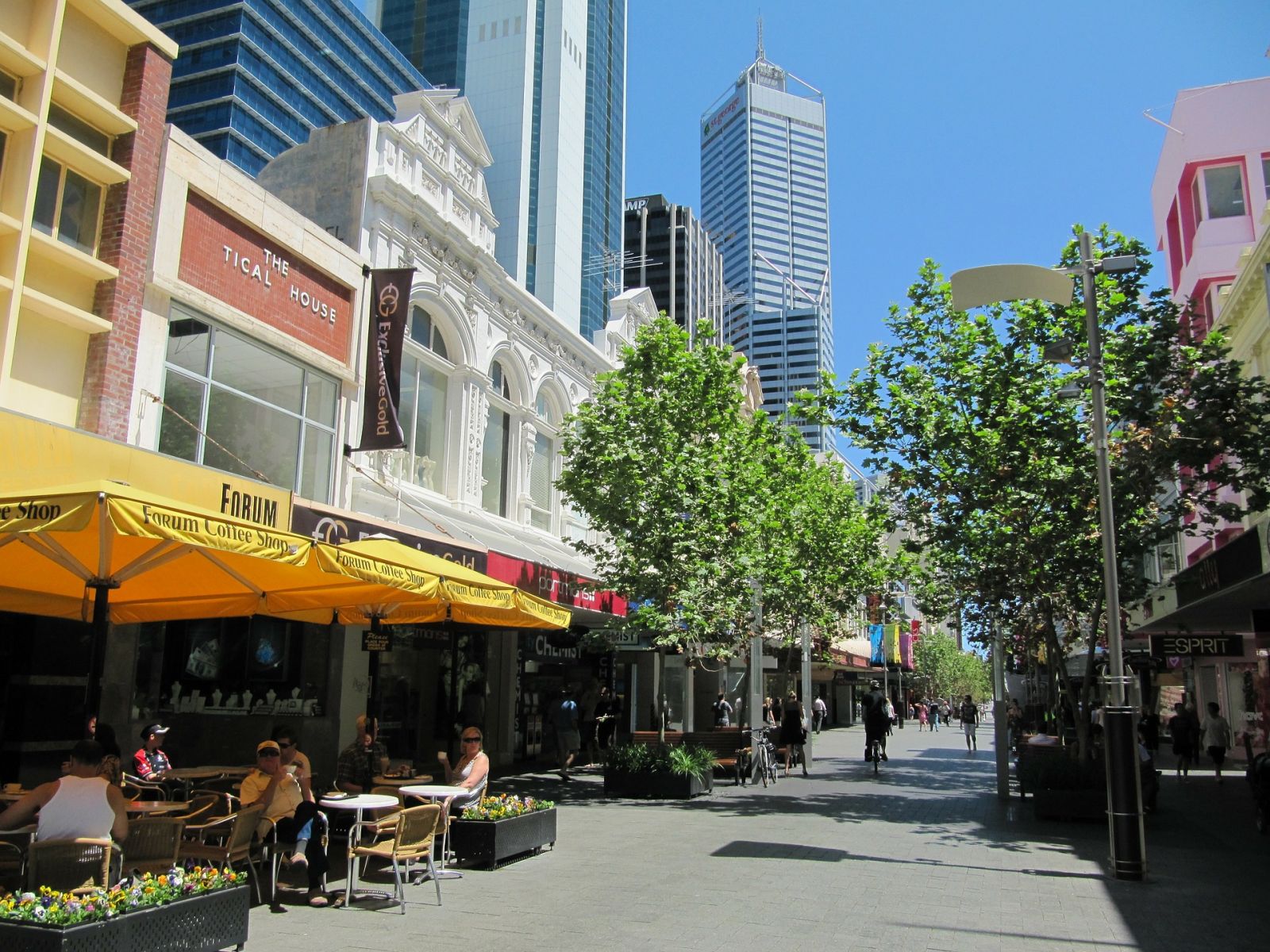
By adopting some or all of the above strategies, communities can help to reduce the heat island effect and improve their community’s resilience to heat waves. UHI can be further reduced or the affected reduced by using energy-efficient appliances and equipment and check on your friends, family, and neighbours during hot days and making sure they have access to air conditioning or cooling and that they are ok.
If you require more information on the UHI or what strategies you can employ to reduce the UHI or its impacts on health contact us on (08) 9468 0338 or email us at enquiries@integratesustainability.com.au
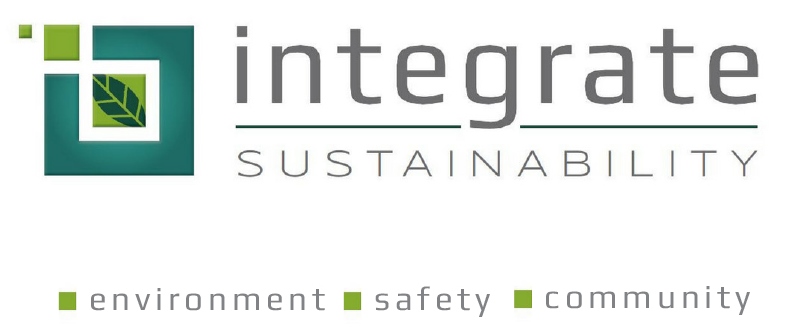
References
Australian Academy of Science. (2018, 03 23). Climate Change and human health. Retrieved from Australian Academy of Science: https://www.science.org.au/curious/earth-environment/climate-change-and-human-health
BH Engineering. (2018, 03 22). What are urban heat islands. Retrieved from Bright Hub Engineering: https://www.brighthubengineering.com/building-construction-design/42981-what-are-urban-heat-islands/#imgn_3
City of Sydney. (2018, 03 22). Urban Heat Island Effect. Retrieved from City of Sydney: http://www.cityofsydney.nsw.gov.au/vision/towards-2030/sustainability/carbon-reduction/urban-heat-island
National Geographic . (2018, 03 22). National Geographic. Retrieved from Urban Heat Island: https://www.nationalgeographic.org/encyclopedia/urban-heat-island/
The Green City. (2018, 03 22). The causes and effects of the Urban heat island effect. Retrieved from The Green City: http://thegreencity.com/the-causes-and-effects-of-the-urban-heat-island-effect/

